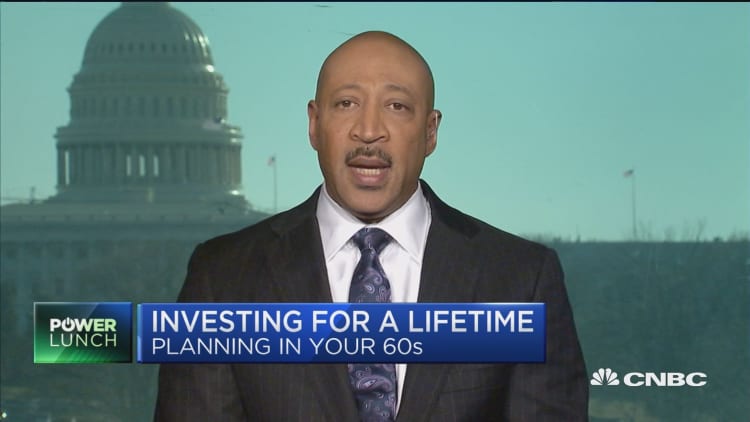Lawmakers recently upended a tax strategy for wealthy Americans who want their loved ones to inherit sizable retirement accounts.
Luckily, taxpayers have a workaround at their disposal that could help accomplish their goal.
"Your trust won't work anymore the way you thought it did," said Ed Slott, CPA and founder of Ed Slott & Co. in Rockville Centre, New York. "This is an emergency planning situation."
The Secure Act, which President Donald Trump signed into law in December, changed rules around the "stretch IRA."
Prior rules let people who inherited an individual retirement account "stretch" withdrawals from the account over their lifetime.
Now, the money must come out within 10 years of the owner's death. (There are a few exceptions, such as a surviving spouse.)
The new rules, which apply to any IRA whose owner died after 2019, are wreaking havoc on the financial plans of Americans with large retirement accounts.
One category of individuals affected by the change are those who name trusts as beneficiaries of their IRAs. Under this arrangement, a trust — rather than an individual — inherits the retirement account.
Trusts are typically used for estate planning. Since trusts let individuals specify how and when heirs can receive inherited money, they are useful for those who want control over their bequests (say, by preventing a drug-addicted or financially irresponsible child from getting control over an account immediately and blowing the money). Trusts also provide asset protection from creditors.

Americans typically only consider using trusts if their IRAs have more than $1 million, Slott said.
Prior to the Secure Act, many wealthy IRA owners would often name a type of trust called a "conduit" or "see-through" trust as the account beneficiary, said Charlie Douglas, president of HH Legacy Investments in Atlanta.
These trusts offered the dual benefits of asset protection while also allowing distributions to be "stretched" over heirs' lives.
However, these trusts no longer work the same way under the law's new 10-year rule.
"Money is paid out [from the trust] after 10 years, and may get paid out to the very beneficiaries you used the trust to protect it from," Slott said.
More from Personal Finance
4 steps you can take to safeguard your retirement savings
How to buy a house despite student debt
Here's why dropping Medicare for employer coverage may come with snags
Savers who have named a trust as an IRA beneficiary — whether a primary or secondary beneficiary — should consider using a different kind of trust called an "accumulation" or "discretionary" trust, experts said.
This type of trust gives a trustee the discretion to decide whether to pay annual distributions to heirs, or whether to keep that money out of their hands and protected in the trust instead.
While the new law requires all IRA assets to be paid into the accumulation trust within 10 years, the trustee can decide to spread withdrawals over a longer period — thereby keeping the original "stretch" concept intact.
"If you want the stretch benefit, you have to get rid of that [see-through] trust and go to an [accumulation] trust," Douglas said.
What to know about the trust strategy:
Savers should likely only do this with a Roth IRA.
That's because any money from a traditional, pretax IRA that the trustee keeps in trust instead of paying to heirs would be taxed annually at trust tax rates — which could be prohibitively expensive for some people, Slott said.
For example, single taxpayers pay the top income-tax rate (37%) after hitting $518,400 of taxable income this year. Trusts hit the top rate much more easily — after only $12,950 of taxable income.
The trust wouldn't have to pay any tax on Roth assets, however. Savers who have a pretax IRA and want to take advantage of the accumulation-trust strategy can do a Roth conversion to change their accounts to a Roth. They would have to pay the associated income tax to do so.
The strategy may be costly for some savers.
While expenses differ depending on the taxpayer's situation, upfront costs to set up an accumulation trust could be a few thousand dollars. Annual administration fees, trustee fees and costs related to filing annual trust tax returns could also cost a few thousand dollars per year, Slott said.
Those using the strategy would need to name a trust as a beneficiary on their IRA beneficiary form. It can be an existing trust or a "testamentary" trust, which is created by the deceased owner's will.
IRA owners can withdraw money from their accounts at leisure during their lifetimes without interrupting the trust arrangement, which only takes effect at death.
Account owners can set specific rules for a trustee around distributing assets to heirs — for example, only in the event that a child or grandchild needs money for education or business.


